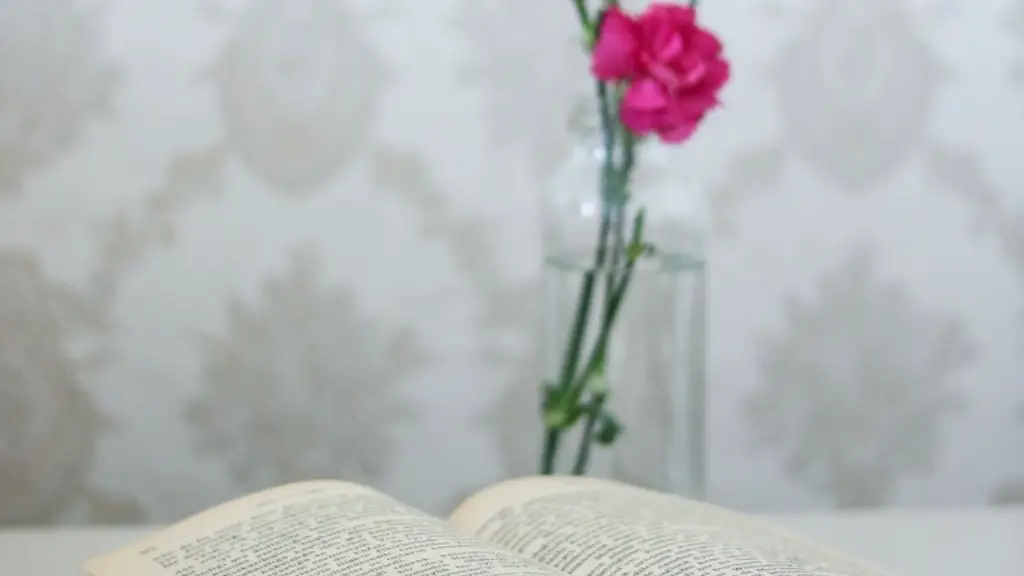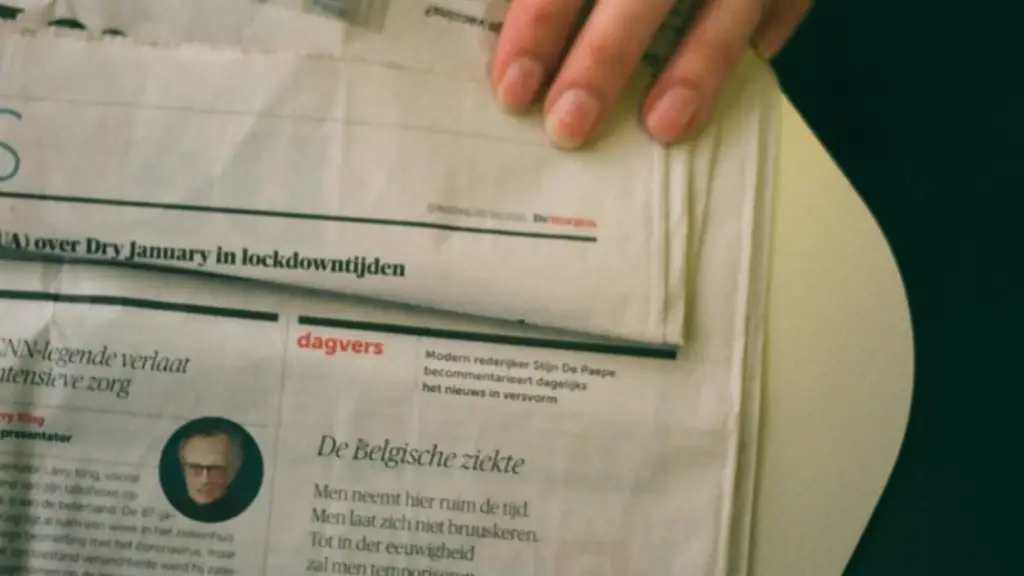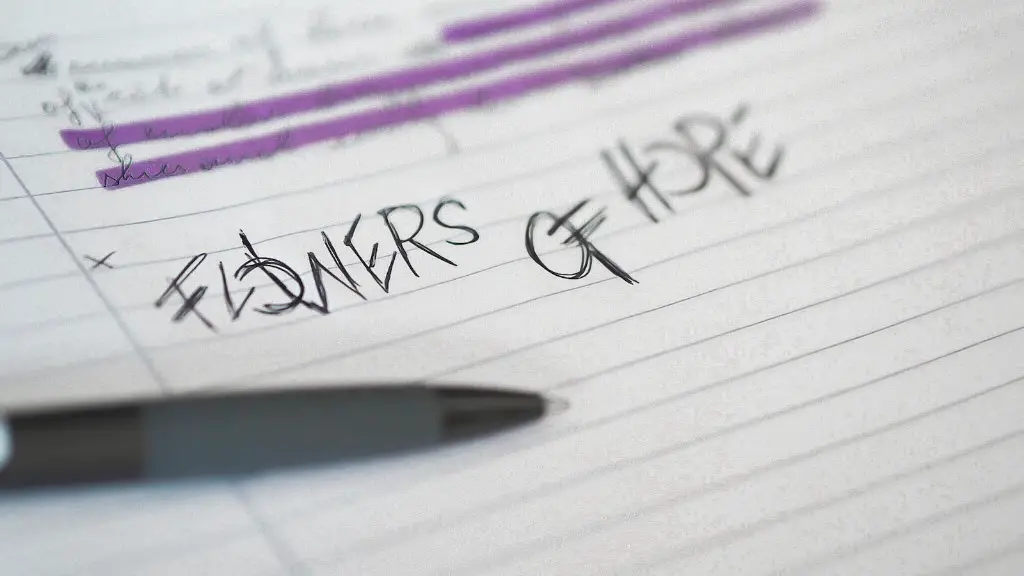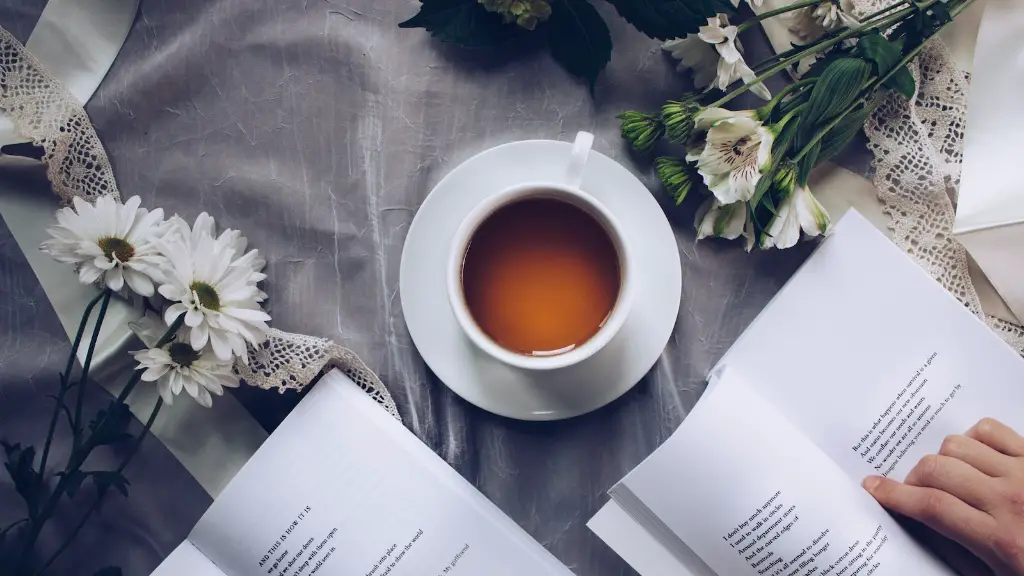Types of Non Rhyming Poetry
Non rhyming poetry is an umbrella term that covers the various types of poetry that do not adhere to the traditional conventions of rhyme and meter. This type of poetry has recently become much more popular amongst readers, as it allows poets to express themselves in a more creative and free manner. Here are some of the main types of non rhyming poetry you should be aware of.
Free Verse
The most well-known type of non rhyming poetry is free verse. Free verse is written with a more natural rhythmic style and without a regular meter or rhythm. It can often take the form of a narrative, with poets creating their own stories on a page. A key characteristic of free verse is that it allows poets to express themselves without limitations, which is why it has become so popular in recent years.
Shape Poetry
Shape poetry, also known as visual poetry, is a type of non rhyming poetry that incorporates various elements of design on the page. This could include words arranged in shapes or images, and the overall result can be quite stunning. This type of poetry is often used to make a statement or emphasize a feeling, and it can be a great way to tap into one’s creative side.
Narrative Poetry
Narrative poetry is a type of non rhyming poetry that tells a story. It can be quite similar to free verse, in that it follows a natural rhythm and has its own internal structure. The key difference is that narrative poetry is focused more on telling a story. It can be used to create imagery and evoke emotion in the reader.
Imagistic Poetry
Imagistic poetry is a type of non rhyming poetry that is focused more on creating vivid images and painting a vivid picture in the reader’s mind. It often incorporates nature, weather, and other elements of the environment. Imaginative descriptions are also included in this type of poetry, and the goal is to evoke emotion and create beauty.
Haiku
Haiku is a type of non rhyming poetry that originated in Japan. It consists of three lines composed of five, seven, and five syllables respectively. Haiku focuses on nature and simple images, usually evoking feelings of nostalgia or sadness. It is often used to create a peaceful atmosphere and capture the beauty of the world in three lines.
Tanka
Tanka is a type of non rhyming poetry that originated in Japan as well. It consists of five lines composed of five, seven, five, seven, and seven syllables respectively. It is similar to haiku, in that it focuses on nature, but it is more versatile than haiku, insofar as it can be used to express anything the poet desires. Tanka can be used to express emotion and capture a moment in time in a unique and special way.
Insight Poetry
Insight poetry is a type of non rhyming poetry that is focused on exploring the inner thoughts and emotions of the poet. It is often used as an outlet for self-reflection and exploration, and it can help poets gain insight into their own lives and experiences. Insight poetry allows poets to express themselves without fear and be honest with their feelings.
Lyric Poetry
Lyric poetry is a type of non rhyming poetry that is focused on expressing emotions and feelings. It is often used to tell stories and capture a moment in time. Lyric poetry is often associated with music, as it captures the same sense of emotion and heartfelt sentiment as a song. It is a powerful way to express oneself and connect with the reader.
Sonnets
Sonnets are a type of non rhyming poetry that follows a strict form and structure. They consist of fourteen lines composed of three quatrains and a couplet, with an ABBA rhyme scheme. Sonnets can be used to express love, longing and passion, and are often used by poets to try and find the perfect words to express their feelings.
Abstract Poetry
Abstract poetry is a type of non rhyming poetry that is focused on exploring ideas that may not be concrete or tangible. It is often focused on abstract concepts such as time, space, and existence. Abstract poetry allows the poet to explore deep questions and seek out underlying truths.
Non Rhyming Poetry in Modern Times
Non rhyming poetry has recently grown in popularity amongst readers and writers alike, as it allows poets to express themselves without the need for traditional conventions such as rhyme and meter. Non rhyming poetry has grown more accessible due to the internet, as more and more poets are able to share their work with larger audiences. This has led to the emergence of more styles, forms and experimenting with poetic structure.
The Benefits of Non Rhyming Poetry
There are many benefits of non rhyming poetry, including the fact that it allows poets to express themselves in a more creative and free manner. It also allows poets to capture and explore deeper feelings, thoughts and ideas. Non rhyming poetry can be used to make a statement or emphasize a feeling in a more meaningful way. Additionally, it can be used to create vivid images and evoke emotion in the reader.
Conclusion
Non rhyming poetry is an umbrella term that covers the many types of poetry that do not adhere to the traditional conventions of rhyme and meter. These types of non rhyming poetry can include free verse, shape poetry, narrative poetry, imagistic poetry, haiku, tanka, insight poetry, lyric poetry, sonnets and abstract poetry. There are many benefits to writing and reading non rhyming poetry, as it allows poets to express themselves in a more creative and free manner. Additionally, it can be used to capture and explore deeper feelings, thoughts and ideas, as well as make a statement or evoke emotion in the reader.



